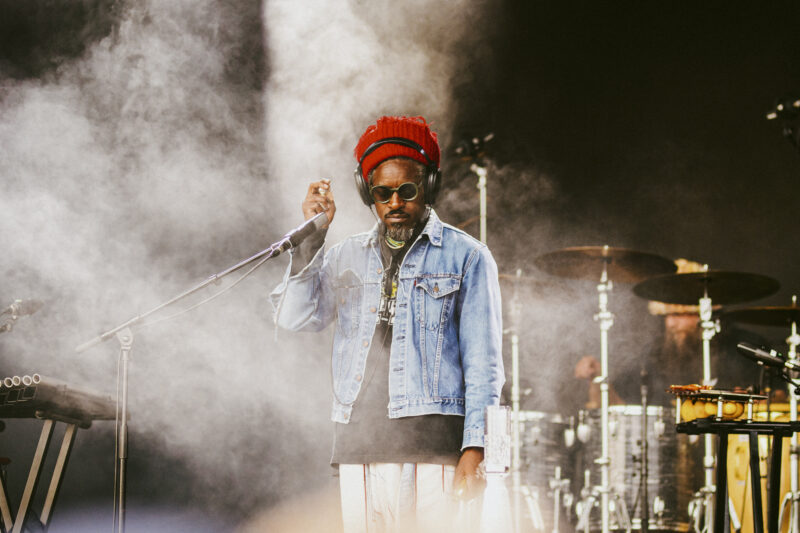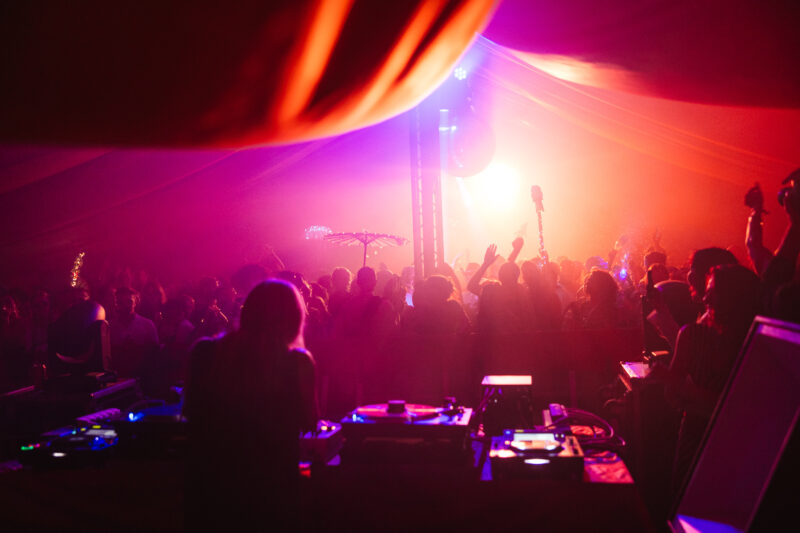Sunburned blokes, pints at 10 am, portaloos beaming in the sun – none of that sounded appealing in my teens, and certainly not now that I reached my thirties. Yet, here I was, sticking to my one-camping-festival-a-year tradition, finding myself at We Out Here, a four-day celebration of soulful music nestled in the scenic UK countryside.
The big names on this year’s line-up include André 3000, Sampha, Floating Points, Dee Dee Bridgewater, Louie Vega, and CASISDEAD. But the real charm of We Out Here’s lineup extends beyond big names. Across 15 stages of various sizes, the festival offers a balanced combination of live acts and DJ Sets.
Is it Jazz? Is it Hip-Hop? Is it Soul, Funk, Dub, or Reggae? Is it House, Jungle, or Dubstep? Thankfully it is all of the above and in between.
A Festival for the Young Jazz Szene

Photo by Rob Jones
Named after the 2018 Brownswood Recordings compilation We Out Here, a showcase of London’s vibrant young jazz scene, the festival debuted in 2019. Every year since then, it joins key figures of the scene with legendary icons and exciting newcomers. Old jazz heads meet wild-eyed ravers. We Out Here creates a unique space where sounds you wouldn’t expect blend smoothly. Neo-Soul sensation and headliner Sampha covering the Garage House classic Gabriel by Roy Davis Jr. and Peven Everett is just one example.
Among my personal highlights was New York-based artist Yaya Bey, who effortlessly bridged her influences from soul, jazz, reggae, afrobeat, and hip-hop. Then there was contemporary poet aja monet, who brought a full band and political punch to the main stage. The Grammy-nominated artist and activist explored themes of upbringing and race and spoke about the destructive force of capitalism and the liberation of Palestine. While other festivals are often seen as an escape from everyday life, open discourse on political issues does not feel out of place here.
But some of the real magic happened on the smaller stages. Usually, I’d argue that dance music isn’t made for open-air sound systems, 45-minute sets, and big crowds. But We Out Here managed to create intimate, club-like atmospheres in tents that got progressively steamier as the night deepened, just like your favourite basement venue. The dance floors were kept (I assume) intentionally small, some with tunnel-like light installations that almost made you forget you were outdoors. One major stage was reserved for DJ sets. The lineup featured Dubstep legend Mala and Moodymann’s Mahogani Music takeover honouring the life and musical legacy of pioneering musician, Amp Fiddler. Moodymann’s takeover united Detroit music legends and long-term collaborators of Amp Fiddler, like producer Waajeed, Des Andrés (aka DJ Dez), and Flo Real. This 5-hour history lesson on Detroit’s sonic history of funk, soul, house, and hip-hop would have certainly exceeded the capacities of any small tent. Coming all the way from Berlin, I was happy to see fellow resident Ken Okuda and the city’s rising stars Moses Yoofee Trio, who seemed to be caught off guard by their popularity with the UK crowd.
Room to Move
Twenty-five thousand people make quite the crowd. But united by a shared love for truly great music, there was a distinct sense of community. Looking at the list of grassroots collectives, artists, DJs, and promoters, it becomes evident that the curatorial team is deeply immersed in the UK music and club scene. By inviting collaborators like the label Touching Bass, Peckham bar Jumbi, and talent engine Tomorrow’s Warriors, along with radio stations such as Radio Al-Hara, Voices Radio, and Noods Radio they create a welcoming feeling for artists, dancers, and music lovers to connect on the dancefloors. It’s also a place where respect for everyone’s space is an unspoken law. Even at the busiest moments, there’s always room to move. This made the festival experience that much more enjoyable.
I witnessed teenage girls falling in love with teenage boys, kids with over-dimensional hearing protection, and ravers who probably have been going strong since the 90s. I don’t think I have ever experienced such a wide range of ages at a festival – certainly not at a campsite festival with a hefty dance music programme. A designated family area, nostalgia-fueled lineup, and comfortable glamping options might have encouraged attendees beyond the typical festival goers. The luxury tent option included a framed bed, and full-length mirror, plus a few hundred pounds on the bill.
Festival survival is an art form, no matter your age. By Sunday, the earlier end to the program almost felt like a blessing. It offered a chance for a bit more sleep before the inevitable early wake-up. Luckily, We Out Here had offers beyond music that started in the mornings already. Believe it or not, I managed to join a yoga class every day. One of the sessions was accompanied by a live harp session – and for this, I insist, you believe it was magical. I listened to talks, rummaged through record crates, saw people paddle boarding, but certainly skipped pricey reiki sessions or sauna plunges.
Music Festivals at Risk
Even though We Out Here attracted a large crowd, music festivals are struggling, like many cultural institutions and events in the UK and wider Europe. According to the Association of Independent Festivals, over 60 events have announced postponement, cancellation, or closure in 2024. With rising prices and interest rates, promoters have almost no margin for error. Pirate Studios surveyed festival goers and music lovers in the UK and found that in 2024, 44 percent bought fewer festival tickets than usual. As the cost-of-living crisis deepens, especially for young people – the primary audience for most festivals – it’s no surprise that consumers are becoming increasingly selective about how they spend their money. The high expenses and fear of slow ticket sales make organising any festival risky. If there is no intervention and increased funding by the government, Association of Independent Festivals expects to see over 100 festivals disappearing soon.
And yet, just a few days prior to the event, We Out Here announced they had sold out. I can only speculate if it is because they attract an older, more affluent crowd, their understanding of a balanced curation with live acts and DJ sets, or their overall inviting and accessible side programs and services.
Collaborating with various organisations, We Out Here made an apparent effort to be inclusive. It offered an accessible camping area, stewards, and special viewing platforms. A well-being area, purposefully tucked away from the buzz, provided calm and hosted free therapy sessions. A small number of free tickets allowed young music lovers, youth groups, and those receiving cost-of-living payments to attend. Nevertheless, festivals are an expensive treat. I’m no stranger to making fun of fancy dress festival glam and banger-only lineups without any dynamics. I will probably always prefer an intimate club setting or the comfort of my own bed. Still, it is sad to watch how fewer and fewer people are able to attend festivals. There is something about entering a completely different world for a few days, where time and showers become irrelevant. Festivals can serve as a gateway for people to connect to music and artists that eventually draw them into new scenes. It’s something I’ve experienced firsthand. We Out Here certainly has big potential to do just that.

Photo by Jake Davis



